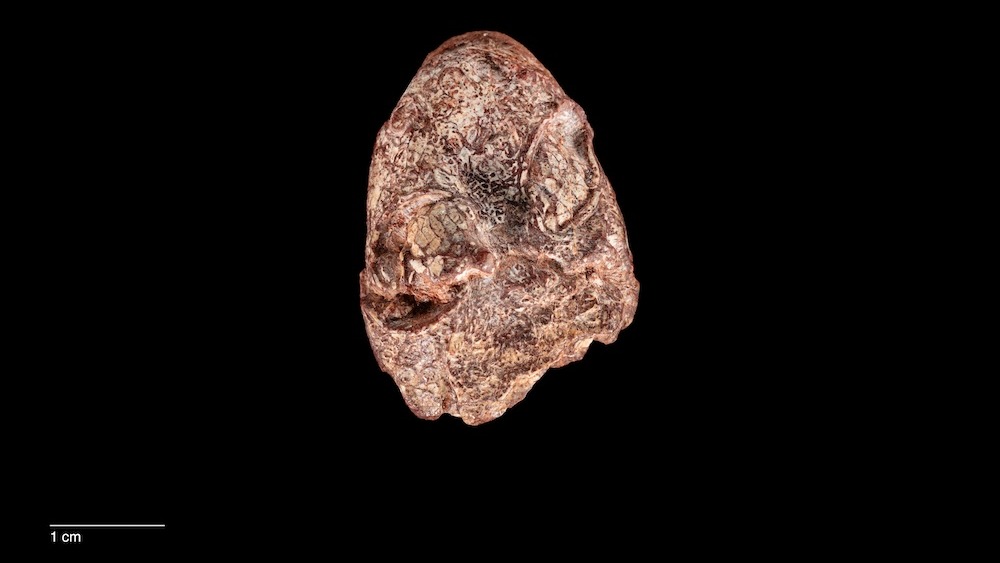
A newly described species of proto-amphibian that lived 270 million years ago has been named after Kermit the Frog.
Paleontologists at the Smithsonian National Museum of Natural History rediscovered the ancient amphibian ancestor's fossilized skull while looking through the museum's archives, according to a statement.
The "creature’s cartoonishly wide-eyed face" immediately reminded the researchers of the "Muppets" character Kermit the Frog, so the scientists named the species Kermitops gratus. They described the animal in a study published Wednesday (March 21) in the Zoological Journal.
"Using the name Kermit has significant implications for how we can bridge the science that is done by paleontologists in museums to the general public," lead study author Calvin So, a doctoral student of biological sciences at The George Washington University, said in the statement. "Because this animal is a distant relative of today's amphibians, and Kermit is a modern-day amphibian icon, it was the perfect name for it."
Related: World's tiniest fanged frog with males that 'hug' their babies discovered
The skull, which measures roughly an inch (2.5 centimeters) long and has "oval-shaped eye sockets" was first unearthed by Nicholas Hotton III, a paleontologist and curator at the Smithsonian. Hotton discovered the skull while exploring the Red Beds, a fossil-rich rock outcrop in Texas. During that field season, Hotton and his team discovered so many fossils that "they were not able to study them all in detail," according to the statement.
Then, in 2021, Arjan Mann, a postdoctoral paleontologist at the museum, and the study's co-author, found the skull in the archives.
"One fossil immediately jumped out at me — this really well preserved, mostly prepared skull," Mann said in the statement.
The paleontologists noticed that the skull contained unique physical traits that set it apart from other tetrapods, the ancient ancestors of amphibians. For example, the part of the skull with the animal's eye sockets "was much shorter than its elongated snout." Scientists think that the animal likely "resembled a stout salamander" and used its longer snout to "snap up tiny grub-like insects," according to the statement.
The researchers determined that the animal is not a frog but rather from the order temnospondyls, which are thought to be the common ancestors of Lissamphibia, the group that includes all modern amphibians, such as frogs, salamanders and caecilians.
The new find could help researchers better understand how these groups evolved and fit together on the evolutionary tree.
"Kermitops offers us clues to bridge this huge fossil gap and start to see how frogs and salamanders developed these really specialized traits," So said in the statement.







